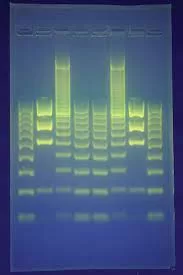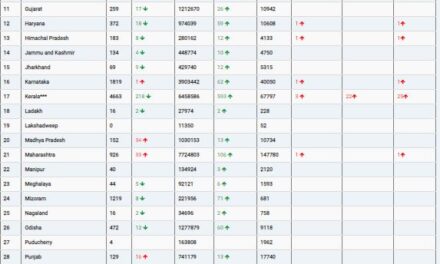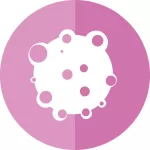
Scientists from Tokyo Metropolitan University have made significant strides in unraveling the intricate process of DNA repair, particularly through homologous recombination (HR), shedding light on potential avenues for cancer research. HR, a fundamental biochemical process present in all living organisms, involves repairing breaks in double-stranded DNA. The research focused on the RecA protein’s role in this process, discovering a key detail: RecA precisely locates where to incorporate a single strand into the double helix without unwinding it.
During HR, a break in the DNA helix exposes a single-stranded end, leading to a process called resection. The RecA protein binds to this exposed strand and searches for the same sequence in an intact double strand nearby. When the correct location is found, the protein facilitates strand invasion, integrating the single strand into the double helix and repairing the broken DNA using the existing DNA as a template.
The Tokyo Metropolitan University team, led by Professor Kouji Hirota, investigated two competing models regarding the homology search. One model proposed that RecA unwinds a section of the double strand during the search, while the other suggested that unwinding occurs only during strand invasion. The team’s research, published in the journal Nucleic Acids Research, aimed to determine which model accurately represents the process.
Understanding the intricacies of homologous recombination is crucial for comprehending DNA repair, particularly in diseases like breast cancer. Genes associated with breast cancer, such as BRCA1 and BRCA2, play roles in the correct loading of single-stranded DNA onto RAD51 (the human version of RecA). The study’s insights may pave the way for novel directions in cancer research, offering potential breakthroughs in addressing DNA repair-related issues in diseases like breast cancer.











